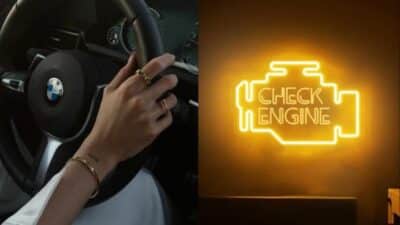A HUD display, or heads-up display, projects important information directly into your line of sight, allowing you to access data without looking away from what matters most. This technology is designed to keep your focus sharp, especially in vehicles, by showing speed, navigation, and alerts on a transparent screen.
Using a HUD can enhance your driving safety and convenience by reducing distractions and giving you real-time updates instantly. Whether built into your car or added as a retrofit device, HUDs bring critical data to you in a clear, immediate format. They are also expanding beyond automotive use into aviation, gaming, and other fields.
Understanding how HUDs work and the benefits they provide can help you decide if this technology fits your needs. You’ll learn about the different types available, how they are applied, and what you can expect as HUD technology continues to evolve.
Key Takeaways
- HUDs project essential information within your direct view to reduce distractions.
- Different HUD types offer varied features suited for multiple environments.
- Future HUD developments focus on improving clarity and functionality.
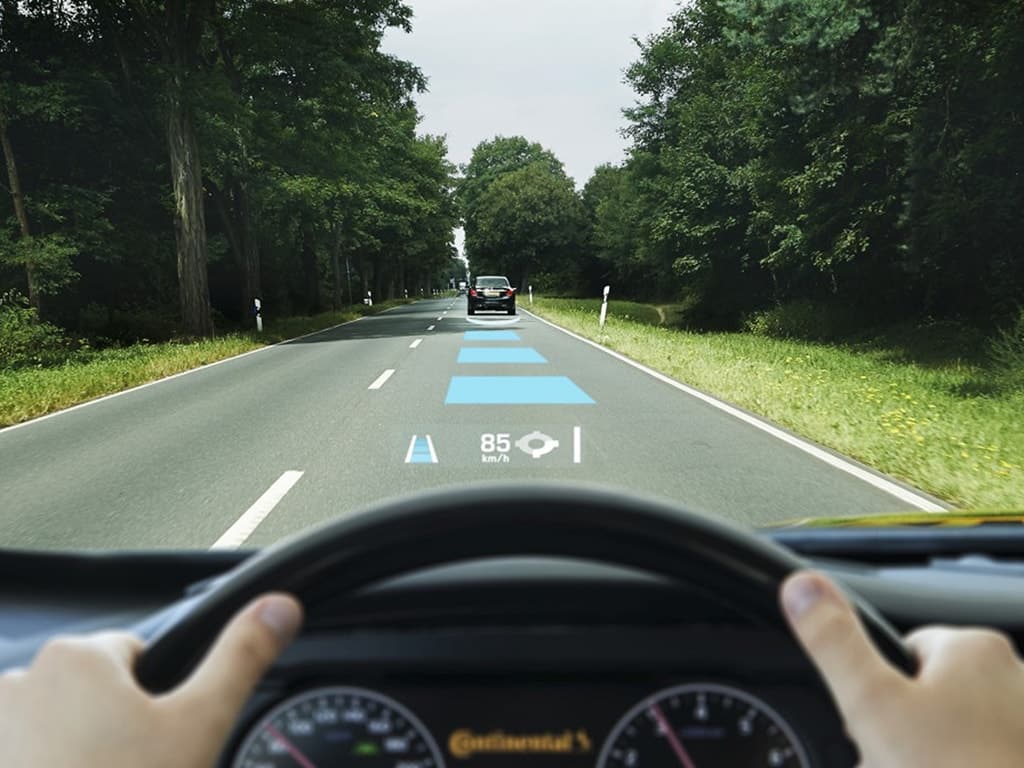
What Is a HUD Display?
A HUD display lets you view important information without shifting your gaze from your main focus, such as the road ahead. It combines transparent technology and visual projection to present data like speed, navigation, or warnings in your direct line of sight. Understanding its components and how it works will clarify why it enhances situational awareness.
Definition and Core Technology
A head-up display (HUD) is a transparent screen or surface that projects data directly into your line of sight. This means you don’t have to divert your eyes from your usual viewpoint to access critical information. The core technology behind a HUD often involves optical projection techniques that reflect images onto a windshield or a dedicated transparent panel.
The system creates an augmented reality experience by overlaying digital information on the physical environment. You receive real-time data without breaking your focus, improving reaction time and safety in applications like driving and aviation.
Basic Components
A typical HUD includes three main components: the projector, the combiner, and the video generation unit.
- Projector: This device emits the image or data to be displayed.
- Combiner: A transparent surface (often a windshield or a special panel) where the image is reflected and visible to you.
- Video Generation Unit: Processes and formats the information before sending it to the projector.
Together, these parts create the illusion that the data floats ahead, ensuring the display remains clear even in various lighting conditions.
How HUDs Display Information
HUDs use reflection and optical principles to make information visible without physically placing a screen in your line of sight. The projector bounces light off the combiner, which you see as information directly on the surface.
The information is usually displayed in a simplified format—speedometer readings, navigation arrows, warnings, or system statuses. It is arranged to avoid clutter, focusing on clarity and quick understanding.
The display can be static or dynamic, adapting its content based on driving conditions, speed, or alerts, making it a practical tool for maintaining your focus where it matters most.

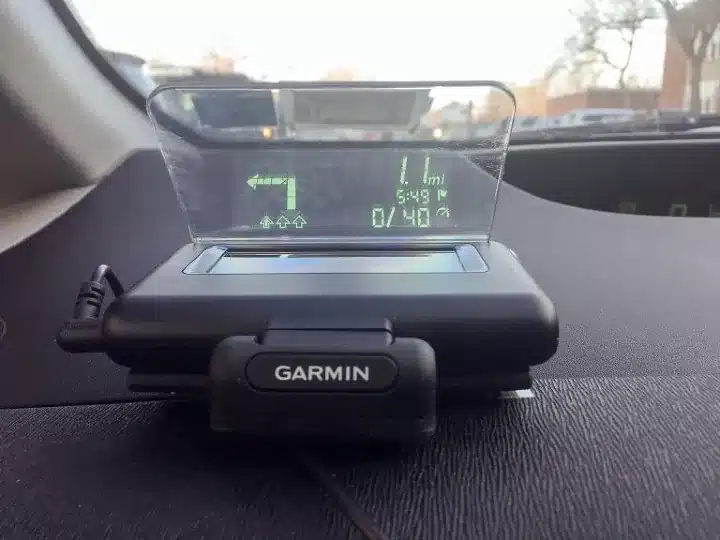
Types of HUD Displays
HUDs vary by how and where they project information into your line of sight. Some use the windshield itself, while others rely on separate transparent surfaces. The technology used affects clarity, field of view, and integration with vehicle systems.
Windshield Projection HUDs
This type projects images directly onto your vehicle’s windshield. It uses a projector, often embedded in the dashboard, which shines information such as speed and navigation onto a specific spot on the glass. The windshield acts as a semi-transparent screen.
You benefit from a clear view without shifting focus away from the road. However, image brightness and contrast depend on ambient lighting and windshield reflectivity. Windshield HUDs usually present in a fixed position and offer basic information.
Combiner HUDs
Combiner HUDs use a dedicated transparent panel, known as a combiner, placed between you and the windshield. The projector displays data onto this smaller screen rather than the windshield itself.
This approach allows for better image brightness and higher contrast. The combiner can be adjusted or retracted, offering flexibility. You get a concentrated display area that maintains visibility in various light conditions, emitting less reflection on the windshield.
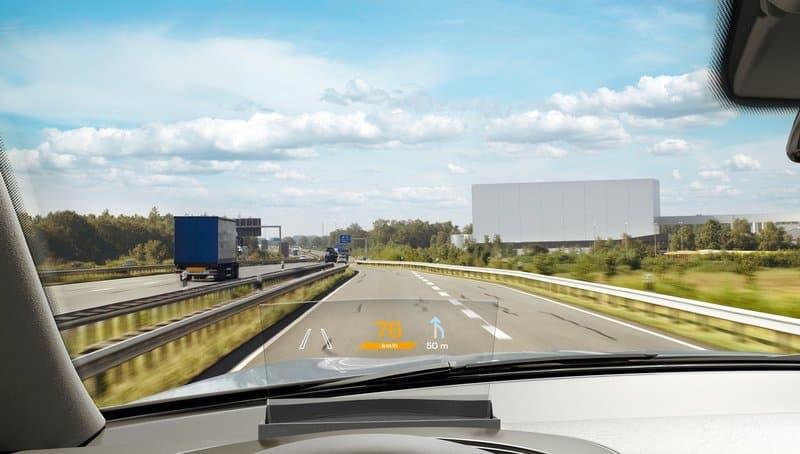
Augmented Reality HUDs
Augmented Reality (AR) HUDs overlay digital information onto the real-world view seen through the windshield. They use sensors and cameras to dynamically align data, such as navigation arrows, with the environment ahead.
This lets you interact with driving information in a spatially meaningful way. AR HUDs provide enhanced situational awareness by linking on-screen content to actual objects or road features. These displays involve complex software and precise calibration but improve safety and navigation intuitiveness.
Applications of HUD Technology
HUD technology enhances your ability to access critical information while maintaining focus on your task or environment. It integrates visual data seamlessly, helping you improve safety, efficiency, and situational awareness across multiple fields.
Automotive Industry Uses
In your vehicle, heads-up displays project essential driving information directly onto the windshield. This lets you monitor speed, navigation, and safety alerts without looking down at the dashboard. HUDs improve reaction times by keeping your eyes on the road.
These systems must withstand extreme temperatures and remain functional throughout the vehicle’s lifespan. Advanced HUDs now include augmented reality (AR) features, highlighting lanes or hazards to guide your driving more intuitively.
By reducing distraction, HUD technology helps you drive more safely, especially in complex traffic conditions or adverse weather.
Aviation and Aerospace
If you operate an aircraft, HUDs deliver vital flight data right in your line of sight. This can include altitude, speed, heading, and targeting information without requiring you to shift focus from the outside environment.
Initially developed for military aviation, HUDs now appear in commercial aircraft to enhance pilot awareness and aid navigation during critical flight phases like landing and takeoff.
This technology supports safer, more precise control by minimizing the need to scan multiple instruments, thereby reducing pilot workload and increasing situational awareness.
Consumer and Commercial Solutions
Outside vehicles, HUDs are found in various professional settings where operators benefit from hands-free data display. For example, maintenance workers or emergency responders might use HUDs to view instructions or real-time data without interrupting their tasks.
Moreover, services like augmented reality glasses incorporate HUD principles to provide seamless information overlays in fields ranging from healthcare to manufacturing.
These solutions help you stay connected and informed without losing focus on your immediate environment or task at hand.
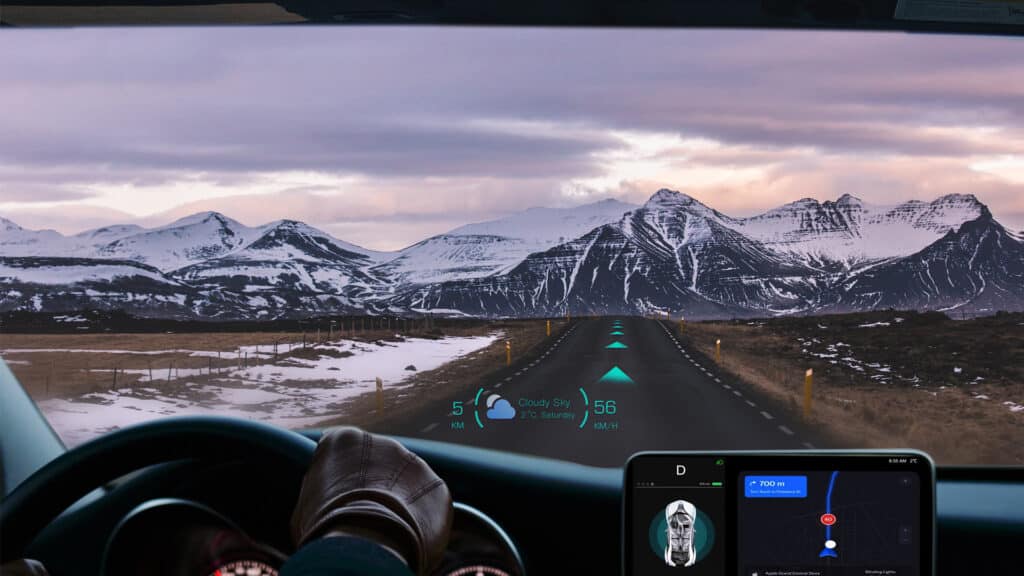
Benefits and Limitations
HUD displays offer a mix of clear advantages and some inherent challenges. They improve how you access critical driving information but require careful consideration of their setup and usability.
Enhanced Safety and Awareness
A HUD places key driving information directly in your line of sight, reducing the need to look away from the road. This helps you stay more focused and aware of real-time conditions.
By minimizing the time spent glancing down at traditional dials or screens, HUDs lower driver distraction. You can monitor speed, navigation, and alerts without shifting your gaze significantly.
The prioritization of relevant data means less cognitive overload. The display filters and presents only what is essential, helping you maintain quicker reaction times to changing traffic or hazard conditions.
User Experience Improvements
Using a HUD consolidates multiple data streams into one location, which simplifies monitoring your vehicle’s status. This integrated view improves the clarity and accessibility of information.
Many HUD systems are customizable, allowing you to select the specifics shown, such as speed, directions, or incoming calls. This flexibility enhances your interaction with the vehicle’s services.
Because HUDs are often designed to be intuitive, they reduce the learning curve and improve comfort in accessing information. This smooth experience supports better decision-making behind the wheel under diverse driving scenarios.
Technical and Practical Challenges
Installing a HUD can be complex. It generally takes up significant dashboard space and may require special windshield treatments or coatings to display information clearly.
Environmental factors like sunlight or glare can affect the visibility and sharpness of the projected images. This can sometimes limit the effectiveness depending on weather or lighting conditions.
You should also be aware that overly dense data presentations could overwhelm you. Effective HUD design needs to balance the amount of information without causing new distractions.
Maintenance and calibration requirements add to practical considerations. Ensuring your HUD is aligned properly and functioning reliably is essential for consistent benefits.

The Future of HUD Displays
You can expect HUD technology to become more immersive and data-rich, enhancing how you interact with your vehicle. Innovations will focus on improving safety, real-time information delivery, and seamless integration with other vehicle systems.
Emerging Technologies
Augmented reality (AR) is central to new HUD developments. Unlike traditional HUDs projecting basic speed or navigation, AR HUDs overlay digital content onto the real world, helping you identify hazards, road signs, and lane markings more clearly.
Laser and micro-LED displays are advancing, offering brighter images with better contrast. These improvements make HUDs easier to read in varied lighting conditions, including direct sunlight.
Extended functionality through eye-tracking and gesture controls will allow you to interact with HUD content more intuitively without distraction.
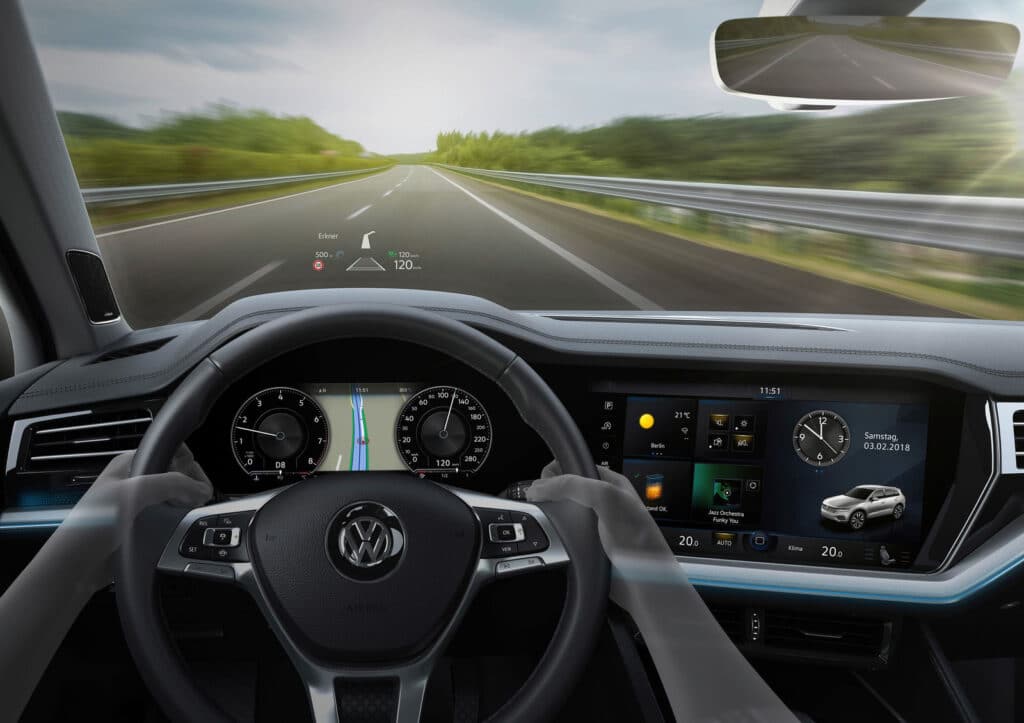
Integration with Advanced Driver Assistance Systems
HUDs are increasingly connected with Advanced Driver Assistance Systems (ADAS) like adaptive cruise control, lane-keeping, and collision warnings. This integration presents critical alerts directly in your field of view, reducing reaction time.
By displaying real-time sensor data, you gain enhanced situational awareness. For example, HUDs can highlight nearby vehicles in blind spots or upcoming obstacles detected by your vehicle’s radar and cameras.
This seamless interaction ensures your attention remains on the road while receiving comprehensive safety information.
Market Trends and Innovations
Automotive manufacturers are focusing on durability and lifecycle optimization of HUD components to match vehicle longevity. You’ll see HUDs designed to function reliably in extreme temperatures and harsh environments.
The move toward electrification and connected vehicles drives HUD advancements. You’ll find HUD displays capable of integrating with vehicle-to-everything (V2X) communication systems, showing data from infrastructure and other vehicles.
Expect a gradual shift from basic single-function HUDs to customizable multi-purpose displays tailored to your driving preferences and conditions. This trend reflects growing demand for personalized, smart vehicle interfaces.
- 7shares
- Facebook0
- Pinterest7
- Twitter0

